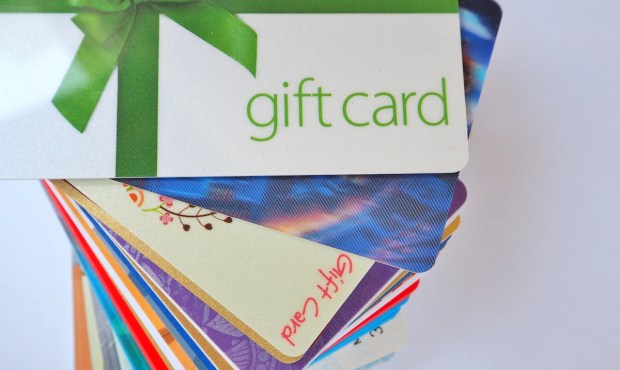
A ban on cards may be in the cards. Perhaps literally — at least for the plastic version of gift cards.
The twin pressures that might lead to that conclusion lie with environmental impact and the looming specter of fraud.
Earlier this month in California, legislation was passed by the state assembly that would prohibit the issuance of plastic gift cards after Jan. 1, 2027, a move that is designed, per advocates, to shift toward more “environmentally friendly” options. Existing stock can be sold until Jan. 1, 2028. The bill also specifies that penalties would be levied for merchants found in violation of the law.
The sustainable card movement has gained traction elsewhere. Mastercard announced in April it would speed up its efforts to remove “first-use” PVC plastics from its payments card by 2028. The initiative would mean that all new plastic payment cards would be made from more sustainable materials beginning Jan. 1, 2028.
Plastic cards have also been serving as a conduit for fraud. By way of just one illustrative example, also in California, the U.S. Department of Justice announced this week that a jury in Los Angeles convicted three individuals for laundering money (a reported $2.5 million) through gift card transactions. They lured unwitting victims to buy gift cards from Target and provide the scammers with the account numbers and access codes listed on the gift cards.
The Federal Trade Commission issued an alert in July on gift card scams, warning consumers that would-be fraudsters “might say to put money on an eBay, Google Play, Target or Apple gift card. They might send you to a specific store — often Walmart, Target, CVS or Walgreens. Sometimes they’ll tell you to buy cards at several stores, so cashiers won’t get suspicious.” Gift card fraud has been a channel where money stolen topped $148 million as recently as 2021.
Waste exists within the cards themselves. The plastic lurking in your desk drawer, cliched as it might sound, is no myth. Bankrate estimated that 47% of U.S. adults have at least one unused gift card on hand — equivalent to $187 per person and a whopping $23 billion stored within those cards.
There are several companies and channels through which plastic cards are being ushered more firmly into the digital age. In August, Hallmark and Venmo announced a collaboration on Hallmark + Venmo cards.
Separately, David Metz, founder and CEO of AdTech company Prizeout, told PYMNTS in June that “branded currency” — currency that can be attached to digital gift cards — can help consumers and merchants realize the full value (and benefits) of gift cards, sans the plastic.
The consumer is rewarded, the financial institution benefits by growing its noninterest income, and the merchant winds up acquiring a new customer or getting a repeat sale from a loyal customer, Metz said.